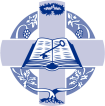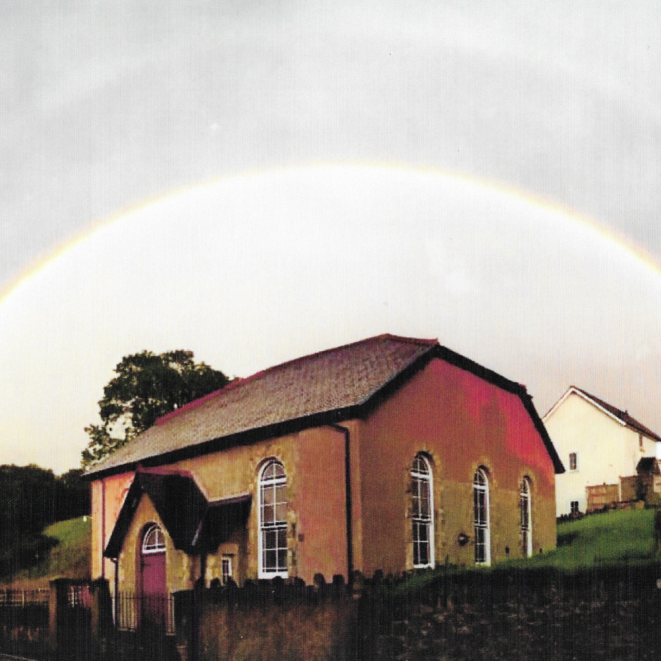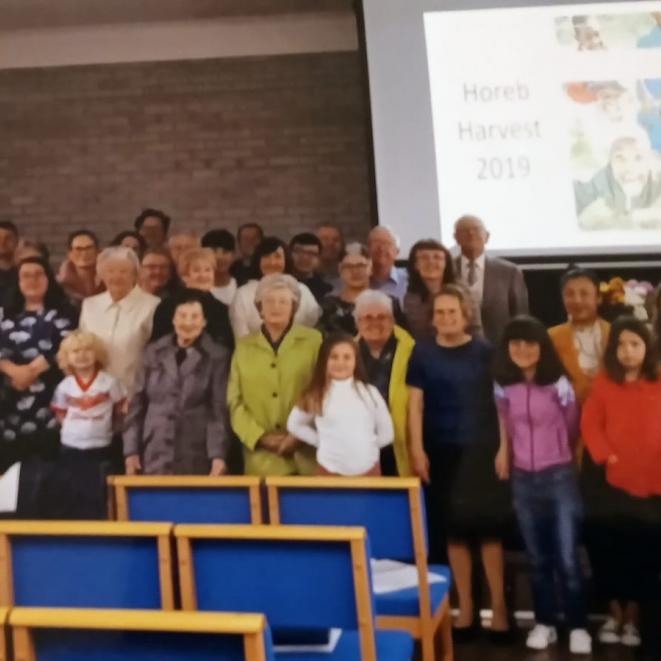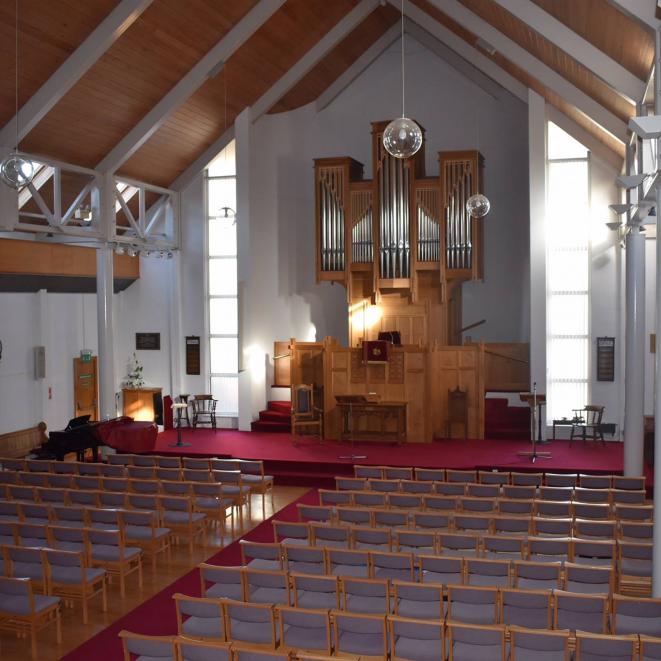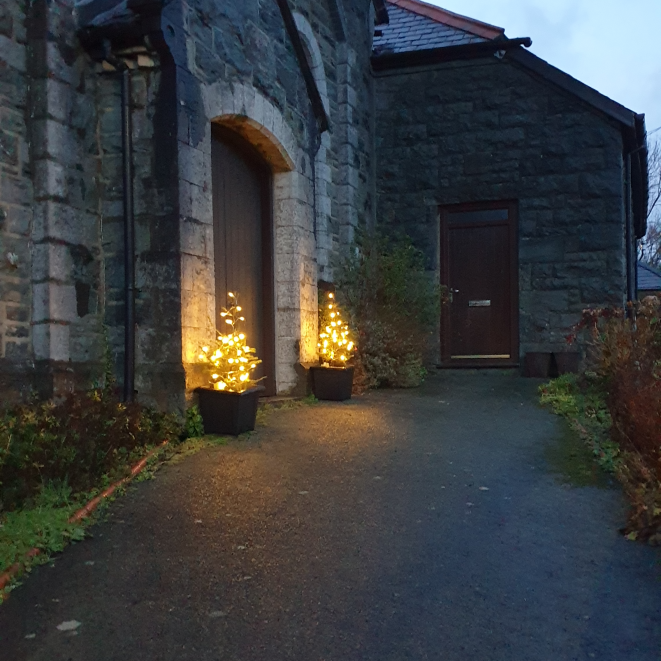Originally, this pastorate was four churches. The pastorate followed the same path as all rural circles, because after a long period of success and growth, the decline began shortly after the second world war.
The result was that there were too many buildings and that they were far too large and unsuitable for the needs of the age. So, the challenge was to turn burdens into assets. Following a long period of discussion and planning it was decided to close and sell two chapels and use the capital to adapt the pastorate in order to meet the requirements of the twenty-first century. So, the pastorate of four churches that included Capel Mair and Elim developed into two chapels, namely, Bethlehem Newydd and Gibeon.
Bethlehem Newydd
Following a period of worship in houses and various buildings, the current chapel was built in Pwll-trap in 1765. That building has been modified more than once, it was huge for a rural village but some of the current members remember it well and benches are brought in for extra seating during special occasions such as the gymanfa ganu.
But not so now. It must be admitted that Bethlehem has not suffered such extreme deterioration as some rural chapels. But the congregation has dwindled and aged while the village has grown on an exceptional scale.
The challenge was to ensure that the chapel returned to being central to the life of the village. We received a subsidy from the Union of Independents to appoint a Community Officer. Fortunately, we had an ideal person for the position in the pastorate, namely, Annalyn Davies, the secretary of the Gibeon church. She developed links with other neighbouring churches and organizations along with charities that needed and deserved our support.
At the beginning of the last century what was of importance was the size of the membership and the numbers in attendance. The question for us today is how to be at the heart of the community and act for the benefit of those in need. To that end we intend to use the capital we have in reserve to adapt the chapel to enable us to use it for a range of community activities whilst we retain the original intention to facilitate our worship in the present age.
We are currently going through the books and asking those who have not attended or contributed, whether they want to remain members. The relevant question to be asked these days is not how many members we have but rather what we are achieving in the name of Jesus. Isn’t that the original question that Jesus asked himself?
Gibeon
Gibeon is a traditional rural chapel built on a hill that lies neatly between St Clears, Meidrim and Bancyfelin in Carmarthenshire. The current chapel was built in 1841 after a period of worshipping in farmhouses. There has been no significant change in the nature of the community. There is only one house within walking distance of the chapel although our forefathers trod much further paths in days gone by.
One of the characteristics of Gibeon is the fact that one generation follows the other in positions of responsibility within the church. David Morgan was installed as minister of the church in 1941 and his son Myrddin was later raised as a deacon and secretary, with his daughters, Beti-Wyn and Iona in turn, now responsible for the Sunday school for many years. In addition to that, David’s daughter and Myrddin’s sister Meriel was elected President of the Independent Union. It would be possible to follow the lineage of more than one family in the same way.
In 1980 a dedicated building was opened for the Sunday school and social activities. There has been an unexpected increase in the number of people attending the services recently and we have succeeded in resurrecting the Sunday school. The church has supported a wide range of charities over the years and contributed to all kinds of interdenominational and Welsh-language activities. Gibeon therefore continues to serve its community as a Welsh Nonconformist church.
The pastorate bears witness to the fact that there is more than one way for us to be followers of Jesus in Wales today. We might walk different paths – what is common is that those paths need to be walked.
